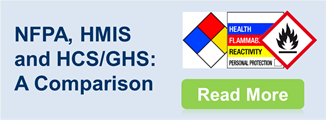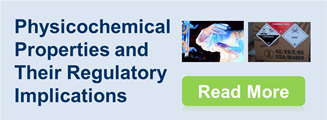Overview of Chemical Regulations in Japan
Updated on 17 Dec 2014 by Mr. Pro [Disclaimer] [PDF]
In Japan, industrial chemicals are mainly regulated by the following 4 laws.
- Chemical Substance Control Law (CSCL)
- Industrial Safety and Health Law (ISHL)
- Law for PRTR and Promotion of Chemical Management(PRTR Law)
- Poisonous and Deleterious Substances Control Law (PDSCL)
Chemical Substances Control Law (CSCL)
The Act on the Evaluation of Chemical Substances and Regulation of Their Manufacture, etc. (hereinafter the “Chemical Substances Control Law”) was firstly enacted in 1973 in Japan to prevent environmental pollution by chemical substances that pose a risk to human health or the environment. That latest amendment was made in 2009. Full implementation of amended CSCL started from 1 April 2011.
CSCL controls both new and existing substances. For new substances, a strict pre-manufacture evaluation system is implemented. For existing substances, manufacturers or importers are required to report their quantity and uses annually if the volume of manufacture(M) or importation(I) exceeds certain amount and provide hazard data (if required by authority).
Industrial Safety and Health Law (ISHL)
Industrial Safety and Health Law (ISHL) was firstly enacted in 1972 to protect the safety and health of workers in workplaces in Japan. IHSL designates substances that are prohibited to manufacture or import, substances requiring permission and chemical substances requiring safety data sheets and labels. ISHL also controls new substances and requires manufacturers and importers to notify them to the Japanese Ministry of Labor and Welfare (MHLW) prior to production and importation.
Law for PRTR and Promotion of Chemical Management (PRTR Law)
The law concerning reporting, etc. of the release to the environment of specific chemical substances and promoting improvement in their management ("Law for PRTR and Promotion of Chemical Management" or PRTR Law) was enacted in 1999 in Japan. The purpose of this law is to promote businesses' voluntary improvements in the management of specified chemical substances and to prevent any environmental protection impediments. This law requires businesses to report chemical substances of concern under the PRTR System and to provide information on them under the SDS System.
Read more about PRTR law in Japan...
Poisonous and Deleterious Substances Control Law (PDSCL)
Poisonous and Deleterious Substances Control Law was implemented in 1950 to control poisonous and deleterious substances to protect the public health from a hygiene point of view. This law imposes a license requirement on manufacturers, importers and sellers of poisonous or deleterious substances. It also requires that persons engaged in relevant businesses shall meet prescribed standards for manufacturing or storing equipment of poisonous or deleterious substances and comply with specific requirements on storing, labelling or transferring.
Read more about PDSCL in Japan...
GHS in Japan
Various laws in Japan have required suppliers of hazardous chemicals to provide SDSs and labels. JIS7252 and JIS7253 have set detailed requirements on SDSs and labels in Japan.
Read more about GHS in Japan...


